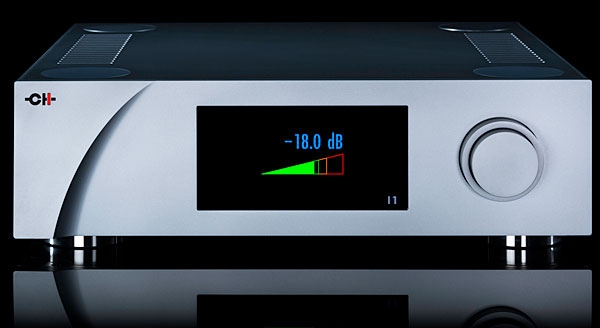| Columns Retired Columns & Blogs |
For an integrated amplifier with a base price of $38,000, I'd say the square wave at 10 kHz is poor.
I'm not sure how many phonograph listeners would be fans of having the amplifier transform the signal into a digital stream and then having the amp transform it again back to an analog signal.













































